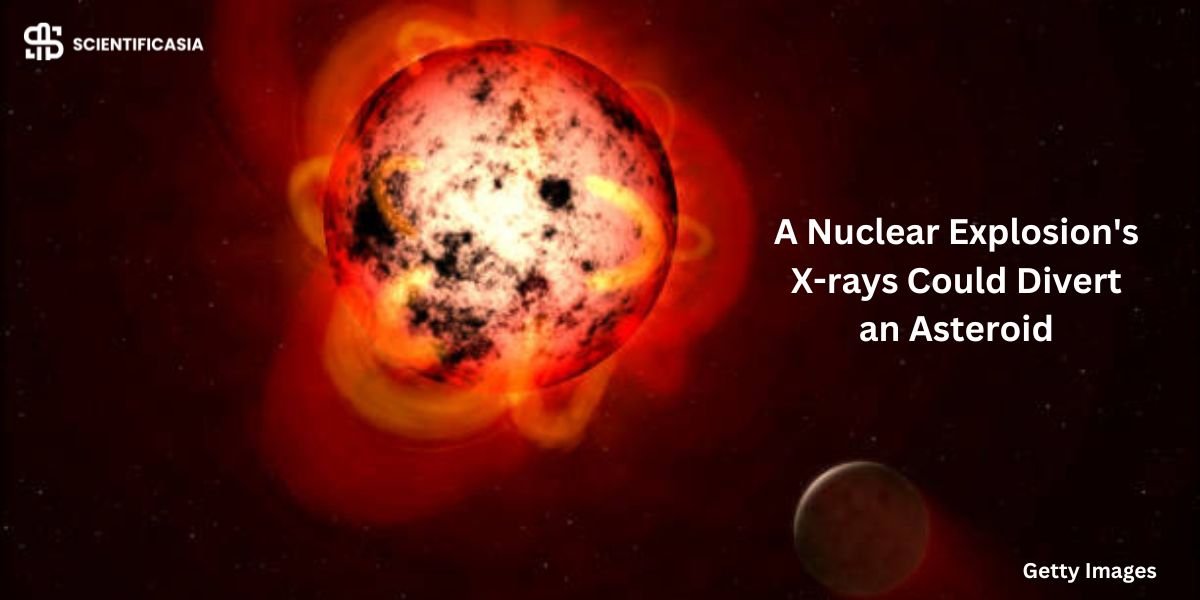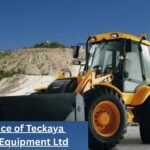We must understand how different asteroid materials vaporize and deflect. It’s essential for preparing a planetary defense mission if needed.
In Hollywood blockbusters, astronauts frequently use nuclear bombs to destroy asteroids that are hurtling toward Earth in an attempt to save humanity. Scientists have found a new way to avert an impending cosmic collision. They detonated an asteroid over a mile above Earth to bombard it with X-ray radiation. This is better than using a nuclear weapon.
As evidenced by the devastating end of the Age of Dinosaurs some 66 million years ago, life on Earth can suffer greatly from cosmic strikes. Nathan Moore, a physicist at Sandia National Laboratories in Albuquerque, New Mexico, told Space.com that asteroids “aren’t just history—they still impact the Earth today.” “Apophis, a near-Earth object about the size of the Olympic stadium, flew by Earth just last week.”
NASA demonstrated its ability to potentially deflect a cosmic hit in 2023 by crashing a spacecraft into the asteroid Dimorphos as part of the Double Asteroid Redirection Test (DART) mission. The impact successfully changed the orbit of the roughly 525-foot-wide (160-meter) asteroid, according to scientists. However, the most deadly asteroids are far larger than mountains, and merely crashing a spaceship into one would have little influence.
Hollywood productions like “Deep Impact” and “Armageddon” have proposed the use of nuclear weapons to destroy approaching comets or asteroids. However, according to earlier research, this might simply shatter an asteroid into several pieces, turning a deadly bullet that was traveling toward Earth into a fatal shotgun burst.
According to recent research by Moore and colleagues, if nuclear weapons detonate far above an asteroid’s surface, they may be able to avert catastrophic cosmic impacts. They propose that the asteroid’s surface rock may be vaporized by the outburst’s X-ray pulse, pushing an asteroid away from Earth and maybe averting a disastrous impact.
The Z machine at Sandia National Laboratory, the world’s most potent laboratory radiation source, was used by the researchers in a recent study. It produces strong magnetic fields, electric pulses, and X-rays to investigate the behavior of materials at elevated pressures and temperatures.
“Currently, the only way to produce a sufficiently intense X-ray burst for an experiment like this is by using the Z Machine,” Moore explained.
Record-breaking Cosmonauts and a NASA Astronaut Return to Earth on September 23
NASA Invites Space Enthusiasts to ‘Observe the Moon Night’ on September 14
The Z machine’s electrical pulses were utilized by the scientists to create strong magnetic fields. “This, in turn, produced plasma—the same substance that forms stars and lightning—by compressing argon gas.” The X-ray burst required by the researchers to replicate a similar one from a nuclear explosion was generated by this argon plasma.
“You have to concentrate a lot of power, about 80 trillion watts, into a very small space, the size of a pencil lead, and very quickly, about 100 billionths of a second, to generate hot enough argon plasma, several millions of degrees, to make a powerful enough X-ray burst to heat the asteroid material surface to tens of thousands of degrees to give it enough push,” Moore said.
Two targets, one constructed of fused silica and the other of quartz, measuring 0.47 inches (12 millimeters) each, were suspended in a vacuum by the scientists. The composition of these components is comparable to that of known asteroids.
Prior research on different asteroid deflection tactics had all used stationary targets, “which wasn’t very realistic,” according to Moore. “Asteroids in space are, after all, detached from anything. Furthermore, if a mock asteroid were fastened down, how would it speed realistically?”
To solve this issue, the researchers created “X-ray scissors.” Thin copper foil, only 13 microns thick—roughly one-eighth the thickness of typical human hair—was used to hang the targets. When the X-rays struck this foil, it melted, allowing the targets to accelerate naturally in space.
According to computer simulations, the X-ray bursts caused vapor plumes to emerge from each target and accelerated them to a speed of roughly 155 mph (250 km/h).
“The capability to deflect miniature asteroids in a lab using the Z Machine is unparalleled and cannot be replicated anywhere else on Earth,” Moore stated.
NASA astronaut Don Pettit embarks on his fourth mission to the International Space Station
Using these results to scale up an asteroid to 2.5 miles wide (4 kilometers) and a nuclear bomb explosion of one megaton that occurred approximately 1.25 miles (2 km) from the asteroid’s surface, the researchers hypothesized that the ensuing push could assist in deflecting hazardous asteroids away from Earth.
“To put it in perspective, a 4-km (2.5-mile) asteroid is big enough to cause global destruction and potentially disrupt civilization, according to NASA’s Planetary Defense Strategy,” Moore explained.
Moore pointed out that asteroids are made of various materials. “This new method allows us to study how different asteroid compositions respond to deflection,” he said. “Knowing how these materials vaporize and deflect is crucial for preparing a planetary defense mission if the need ever arises.














